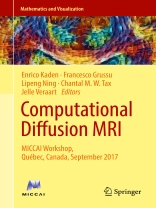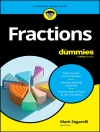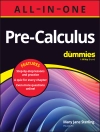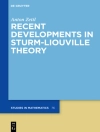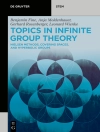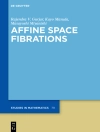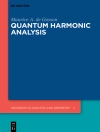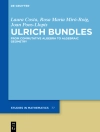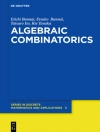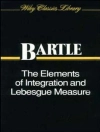This volume presents the latest developments in the highly active and rapidly growing field of diffusion MRI. The reader will find numerous contributions covering a broad range of topics, from the mathematical foundations of the diffusion process and signal generation, to new computational methods and estimation techniques for the in-vivo recovery of microstructural and connectivity features, as well as frontline applications in neuroscience research and clinical practice.
These proceedings contain the papers presented at the 2017 MICCAI Workshop on Computational Diffusion MRI (CDMRI’17) held in Québec, Canada on September 10, 2017, sharing new perspectives on the most recent research challenges for those currently working in the field, but also offering a valuable starting point for anyone interested in learning computational techniques in diffusion MRI. This book includes rigorous mathematical derivations, a large number of rich, full-colour visualisations and clinically relevant results. As such, it will be of interest to researchers and practitioners in the fields of computer science, MRI physics and applied mathematics.
Daftar Isi
Part I Data Acquisition and Modeling: Estimating Tissue Microstructure using Diffusion-Weighted Magnetic Resonance Spectroscopy of Brain Metabolites by Marco Palombo.- (k, q)-Compressed Sensing for d MRI with Joint Spatial-Angular Sparsity Prior by Evan Schwab et al.- Spatio-Temporal d MRI Acquisition Design: Reducing the Number of qτ Samples Through a Relaxed Probabilistic Model by Patryk Filipiak et al.- A Generalized SMT-Based Framework for Diffusion MRI Microstructural Model Estimation by Mauro Zucchelli et al.- Part II Image Postprocessing: Diffusion Specific Segmentation: Skull Stripping with Diffusion MRIData Alone by Robert I. Reid et al.- Diffeomorphic Registration of Diffusion Mean Apparent Propagator Fields Using Dynamic Programming on a Minimum Spanning Tree by K´evin Ginsburger et al.- Diffusion Orientation Histograms (DOH) for Diffusion Weighted Image Analysis by Laurent Chauvin et al.- Part III Tractography and Connectivity: Learning a Single Step of Streamline Tractography Based on Neural Networks by Daniel Jörgens et al.- Probabilistic Tractography for Complex Fiber Orientations with Automatic Model Selection by Edwin Versteeg et al.- Bundle-Specific Tractography by Francois Rheault et al.- A Sheet Probability Index from Diffusion Tensor Imaging by Michael Ankele et al.- Recovering Missing Connections in Diffusion Weighted MRI Using Matrix Completion by Chendi Wang et al.- Brain Parcellation and Connectivity Mapping Using Wasserstein Geometry by Hamza Farooq et al.- Exploiting Machine Learning Principles for Assessing the Fingerprinting Potential of Connectivity Features by Silvia Obertino et al.- Part IV Clinical Applications: Fiber-Flux Diffusion Density for White Matter Tracts Analysis: Application to Mild Anomalies Localization in Contact Sports Players by Itay Benou et al.- Longitudinal Analysis Framework of DWI Data for Reconstructing Structural Brain Networks with Application to Multiple Sclerosis by Thalis Charalambous et al.- Multi-Modal Analysis of Genetically-Related Subjects Using SIFT Descriptors in Brain MRI by Kuldeep Kumar et al.- VERDICT Prostate Parameter Estimation with AMICO by Elisenda Bonet-Carne et al.
